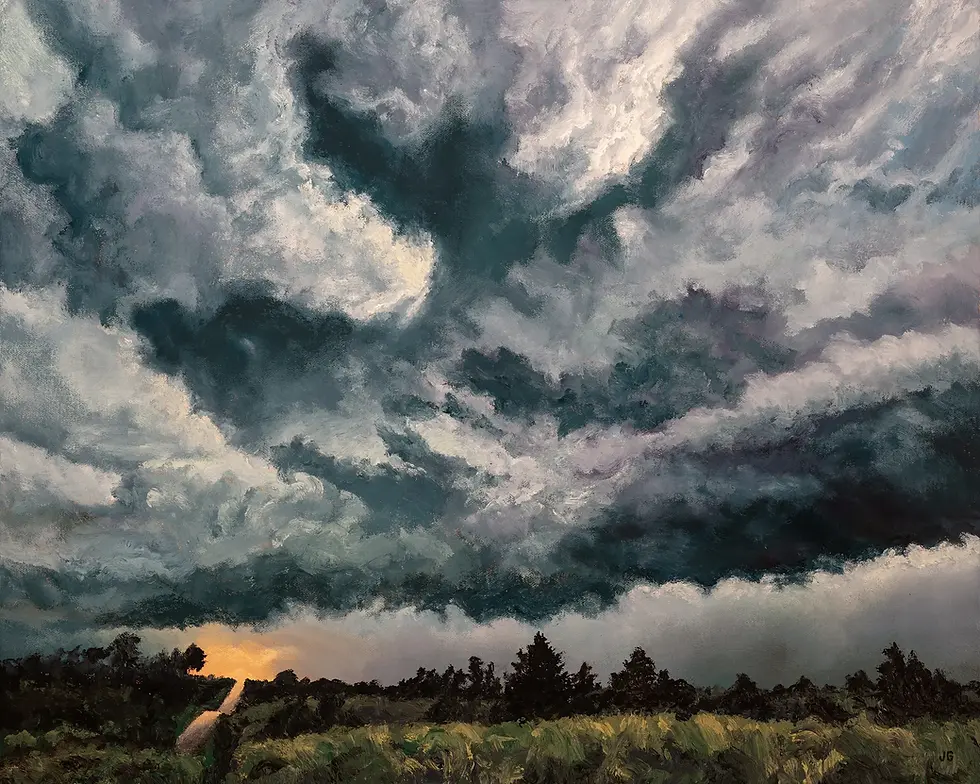Brittle stars
- Colin Fleming

- Nov 18, 2019
- 3 min read
Monday 11/18/19
Recently I composed two short stories, each with the same title, "The Brittle Star." In one prior instance, I also composed stories that shared a title, though they had not relationship, other than that, to each other. Those stories were called "More Wood." One is in Buried on the Beaches; the other, in The Anglerfish Comedy Troupe. Two stories could not be more different from each other, perhaps. These two new stories, though, are companion stories, even if they are autonomous stories. The other does not need to exist to for either given story to mean what it means. But if you are aware of both, you can do a lot with that awareness. Both in terms of thought, feeling, and one could write a dissertation, too, on the diptych.
The first story called "The Brittle Star" is about animals in a forest. Humanity no longer exists. It may exist again. There is a legend, linked to a shape etched into the earth where these animals live. That shape is that of a brittle star. A brittle star is a form of starfish, but with the thin, tendril-like legs, not the chunky thumbs, if you will, of what most people think of when they think of starfish. The legend goes that rapping three times at the star's center will cause the earth to open, and the people will come back. The animals are not sure if they wish to do this. One of them asks if people came out of the sea the last time, and receives an answer in the affirmative, but it would be the earth the second time around. It's a very funny story. There is an otter who...let's say he means well, but his behavior is problematic. It's so wrong. But also hilarious. And true to how otters are in the wild. There's a pogrom. Almost. The animals have gripes with each other, old scores to settle, some are close friends, others less close.
The other story called "The Brittle Star" features a man--we don't know his age--and a child, aged fourteen. The man comes home from work, and the building he lives in--where the child also lives--is gone. They live near a woods. There is no one else anywhere. The roads are gone. It is winter. The man and the child go in the opposite direction from which the man has come, because what they see in that direction is, at least, unchanged. They think it's safer. And eventually they come to the brittle star upon the ground, which is giving heat at its center. The man wonders if maybe there's an underground spring. This heat keeps them alive, but they cannot range far from it, in search of people, or help. A way out. The center is not large, and the man has the child sleep upon it in the night, as he lays with his face atop the slushy bark of a log. He makes trips in various directions, but he can only go so far, and he returns to the child, who waits upon the center of the brittle star. They formulate a plan, after a day of rest, and storing up heat. The man is breaking down, and the child extemporizes a different plan, on her own, and the man's lips are frozen together, as a result of his breaking down, and the child does what she told him she will do. The story, ultimately, is about something else, in a way, which we realize near the end. It's not a twist ending--never do twist endings. They're cheap and gaudy. They are beneath the true artist. They are to be experienced once, and then they are done, they have no shelf life. Shelf life requires revisit-ability. The ending is congruous with all one has read. It could have been that the entire time.
They're great stories. No one is going to see them right now, because, of course, of everything. But when people do see them, they will be able to use their legs and go very far. Hopefully they get to put the legs to use soon. We keep fighting.





Comments